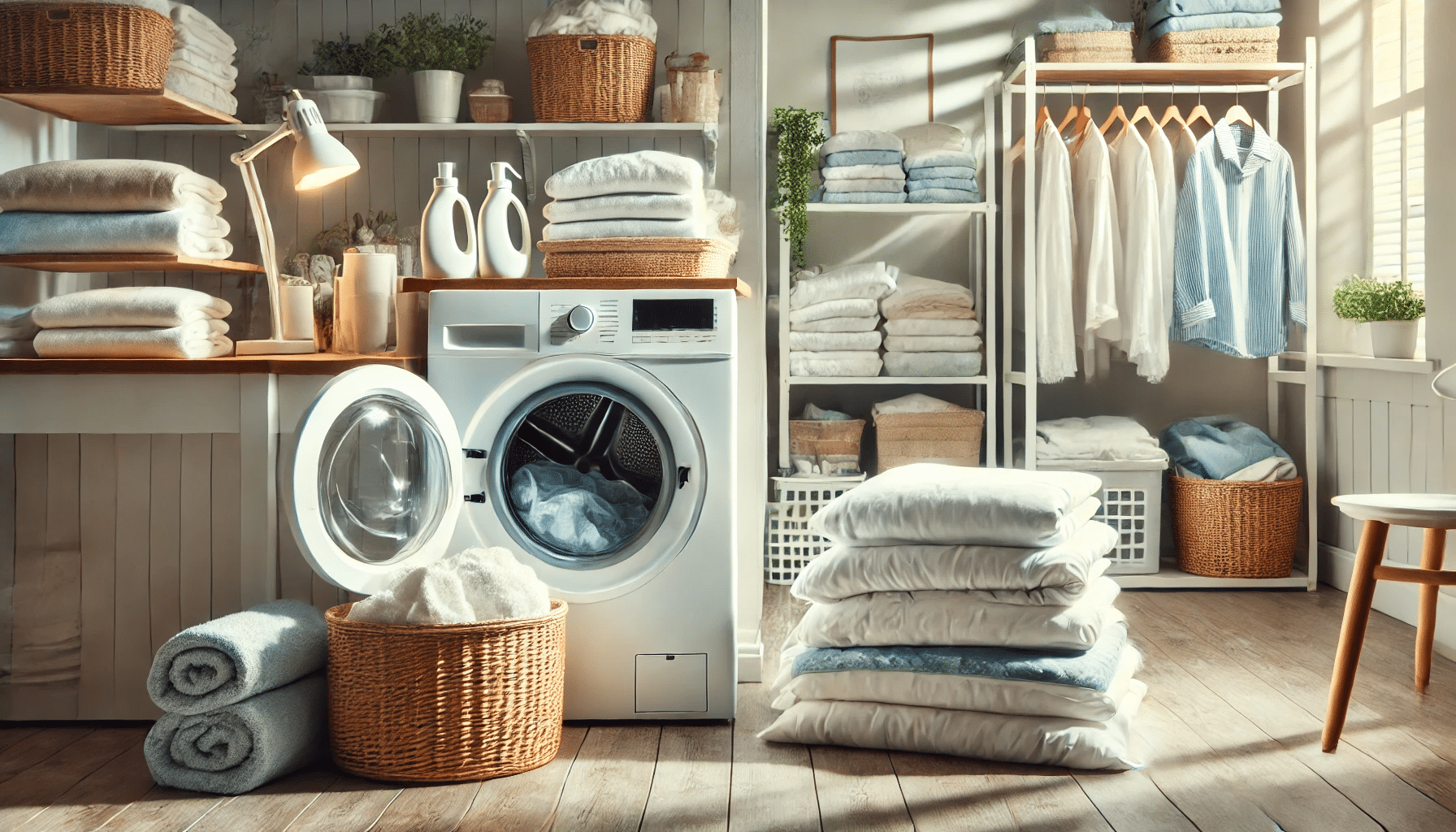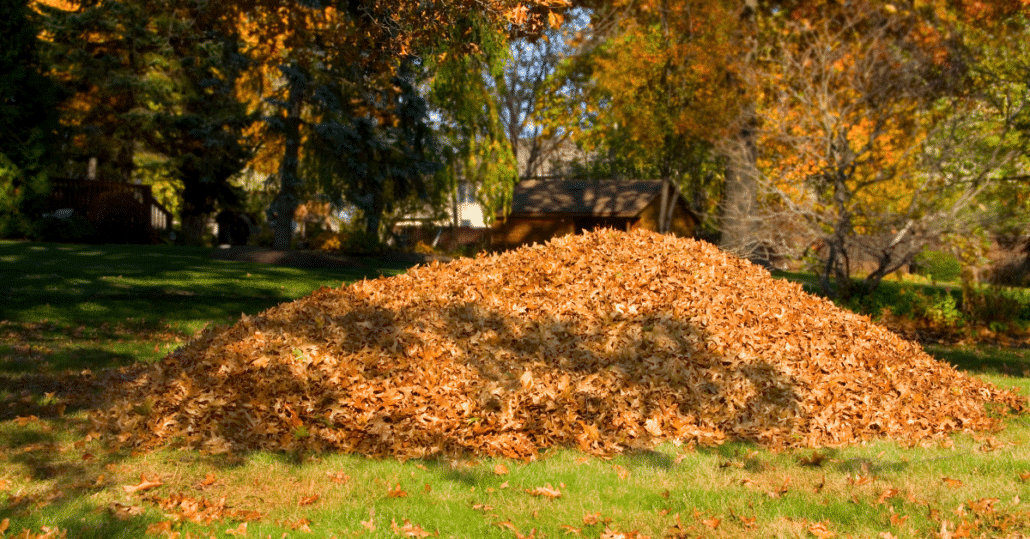Watching your parents grow older brings emotional challenges, especially when you notice declining strength or concerning decisions. While helping them feels natural, they may push back against your advice. Finding balance is key—respecting their independence while gently steering them toward better choices.
Start with Thoughtful Communication
Talk with your parents patiently and consistently. Multiple conversations work better than trying to resolve everything at once. Keep discussions simple to avoid overwhelming them, particularly if they struggle with memory. When dementia signs appear, consider memory care options that provide specialized support while maintaining some independence.
Parents often need time to process suggestions, so rushing rarely works. Listen more than you speak, and heed what they say beneath their words. Sometimes resistance isn’t about the suggestion but how it makes them feel about aging.
Show Genuine Empathy
Critical comments often trigger defensiveness. Instead of highlighting limitations, share your feelings: “I worry when I notice you’ve lost weight, and I want to make sure you’re eating properly.” This approach opens conversation rather than creating resistance.
Put yourself in their position—imagine how you’d feel if roles were reversed. Most parents spent decades being independent and making their own decisions. The gradual loss of capability can feel deeply threatening to their identity.
Maintain a Supportive Attitude
Your parents likely recognize their challenges but may avoid discussing them, fearing loss of independence. Approach conversations with kindness and reassurance rather than pressure. A gentle tone helps them share concerns more freely.
Small gestures matter tremendously. When discussing sensitive topics, choose comfortable settings where they feel secure. Sometimes, a walk or a quiet meal provides better context for difficult conversations than formal sit-downs that feel confrontational.
Pick the Right Battles
Not every issue requires intervention. Focus on serious concerns rather than critiquing every decision. Include them in the decision-making process and acknowledge their feelings to preserve your relationship.
Safety issues typically warrant immediate attention, while personal preferences about daily routines might not. Ask yourself: “Does this truly impact their well-being, or am I imposing my preferences?” This question helps distinguish between necessary interventions and unnecessary control.
Prioritize Regular Visits
Despite busy schedules, make time for your parents beyond problem-solving visits. Regular, enjoyable time together strengthens your connection. When they see you value their company, they become more receptive to help when needed.
These visits serve another purpose—they allow you to notice gradual changes that might otherwise go undetected. Subtle shifts in behavior, home maintenance, or personal care often provide early warning signs of developing problems.
Ask Rather Than Tell
Replace directives with questions that prompt reflection. Instead of “You need meal help,” ask, “What concerns you about having Mary help with meals?” This invites them to explain their perspective, creating space to address underlying fears respectfully.
Questions acknowledge their agency and demonstrate respect for their opinions. They also reveal valuable information about priorities and concerns you might not have considered. Parents who feel heard remain more engaged in finding workable solutions.
Develop Solutions Together
Listen to their concerns and explore options as partners. When they hesitate about changes, they offer to research possibilities together. Collaborative approaches to home assistance, healthcare, or lifestyle adjustments build trust and preserve their sense of control.
Start with small, acceptable changes rather than major life overhauls. Success with minor adjustments helps build confidence, making it easier to address larger challenges down the road. Whenever possible, offer multiple options rather than just one solution, so your loved one can retain control over their decisions. For example, if they are having trouble keeping track of their medication, you might suggest using the Wellth app, which offers healthcare incentives and timely medication reminders, or simply setting daily alarms as an alternative. This approach fosters collaboration and empowers your loved one to take an active role in managing their health.
Involve Other Family Members
Caring for aging parents shouldn’t fall to one person. Talk with siblings or close relatives about your concerns and create a shared plan. A unified approach simplifies communication with parents and distributes responsibilities.
Regular family meetings—whether in person or virtual—help everyone stay informed about changing needs and prevent misunderstandings. These gatherings also reduce the likelihood that parents will inadvertently play family members against each other when receiving different pieces of advice.
Leverage Medical Professionals
When your efforts stall, their doctor can help. Parents often respond better to medical advice than to family concerns. Physicians can reinforce important changes and provide expert guidance.
Consider attending appointments with your parents when appropriate. This allows you to hear recommendations directly, ask questions, and help implement medical advice correctly. Many doctors welcome family involvement with elderly patients, particularly when memory issues emerge.
Address Potential Consequences
When parents persist with risky behaviors like unsafe driving, gently explain possible outcomes. Frame your concerns with care: “I know independence matters to you, but I worry that driving now could endanger you and others.” This helps them understand the stakes without feeling scolded.
Avoid ultimatums unless absolutely necessary for safety. Instead, suggest trial periods for new arrangements: “Why not try having groceries delivered for a month to see if it helps?” Temporary changes feel less threatening and often become permanent when benefits become apparent.
Look Beyond Resistance
What seems like stubbornness often masks fear. Refusal to move to senior housing might reflect anxiety about losing friends. Avoiding doctor visits could stem from fear of bad news. Understanding emotional roots helps address their actual concerns.
Sometimes resistance diminishes when you tackle the underlying emotion rather than the surface behavior. Addressing fears directly—”I know you worry about losing connection with neighbors”—validates their feelings and opens pathways to compromise.
Release Guilt About Limitations
Watching parents struggle, especially when they reject help, hurts deeply. While you can offer support and encouragement, you can’t force their choices. Consider speaking with a counselor or joining a support group when feeling overwhelmed.
Accepting what you cannot control brings peace and preserves energy for productive efforts. Remember that your presence and ongoing support matter tremendously, even when your parents make choices you wouldn’t recommend.
Moving Forward
Supporting aging parents demands patience, understanding, and respect. When you need guidance, senior living communities and care professionals can provide advice on health issues, communication approaches, and personalized care options.
By taking a compassionate, collaborative approach, you help your parents navigate aging with both dignity and independence intact. This journey, though challenging, often brings unexpected moments of connection and growth for everyone involved.





















 For the child to achieve more from hybrid homeschooling, they must maintain a positive attitude and face any challenges without folding. Encouraging a positive attitude means celebrating even small achievements and teaching the child to learn from failures.
For the child to achieve more from hybrid homeschooling, they must maintain a positive attitude and face any challenges without folding. Encouraging a positive attitude means celebrating even small achievements and teaching the child to learn from failures.





